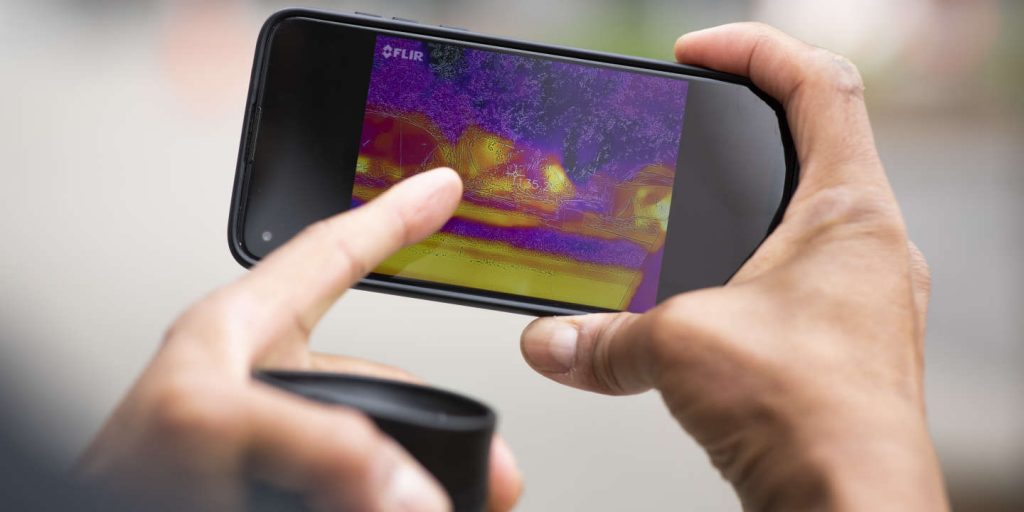
Heatwave in Portland: Three days in ‘hell’

When the thermometer reached 46 degrees Celsius on June 28 at the Portland airport, researcher Vivek Chandas got into his car and left to take readings with his 11-year-old son. professor “Climate adaptation” At Portland State University, he first picked up his equipment in the lab: homemade sensors, which measure temperature and humidity every second. The thermometer, linked to a GPS device, allows the temperature to be assessed from one street to another, from a building to an empty space, from a park to an office building…
The academic will not miss the opportunity. “It was a historic moment. I had never imagined seeing such an extreme phenomenon of heat waves in the Pacific Northwest for ten or twenty years.” To be honest, there is not even an air conditioner. Like many in Portland, he slept on the floor. “It’s surreal. I had never considered getting conditioning until last week when I had been studying the subject for twenty years!”

Vivek Chandas is passionate about studying temperature changes that cannot be found in just one region – a phenomenon Urban heat islands are well known – but within neighborhoods of the same city. “In general, we only have one measurement of temperature: it is at the airport. It is a homogeneous measurement while there are variations of several degrees.” His laboratory was commissioned to perform analyzes in several large American cities. The conclusions are consistent. “We are seeing the same phenomenon repeated everywhere between the hotter places and those where communities of color and low income live.”
Inequality in the face of a heat wave
The heat wave in Portland was no exception. The official record was 116 degrees Fahrenheit (46 degrees Celsius), but the professor’s sensors recorded peaks of 51 degrees Celsius on Martin Luther King Street in the northeast of the city, and at 82e A street in the southeast, two historically disadvantaged neighborhoods. Using his infrared camera, he also captured the temperature inside the homeless tents set up between the highway intersection, the Convention Center and the Steel Bridge, one of Portland’s twelve bridges. On June 28, the temperature was 57 degrees Celsius. “I was shocked. The human body has a low tolerance for heat. If the temperature goes above 36 or 37 degrees Celsius, you will start to have serious problems with thermoregulation. »
You have 70.51% of this article left to read. The rest is for subscribers only.

“Unapologetic pop culture trailblazer. Freelance troublemaker. Food guru. Alcohol fanatic. Gamer. Explorer. Thinker.”
